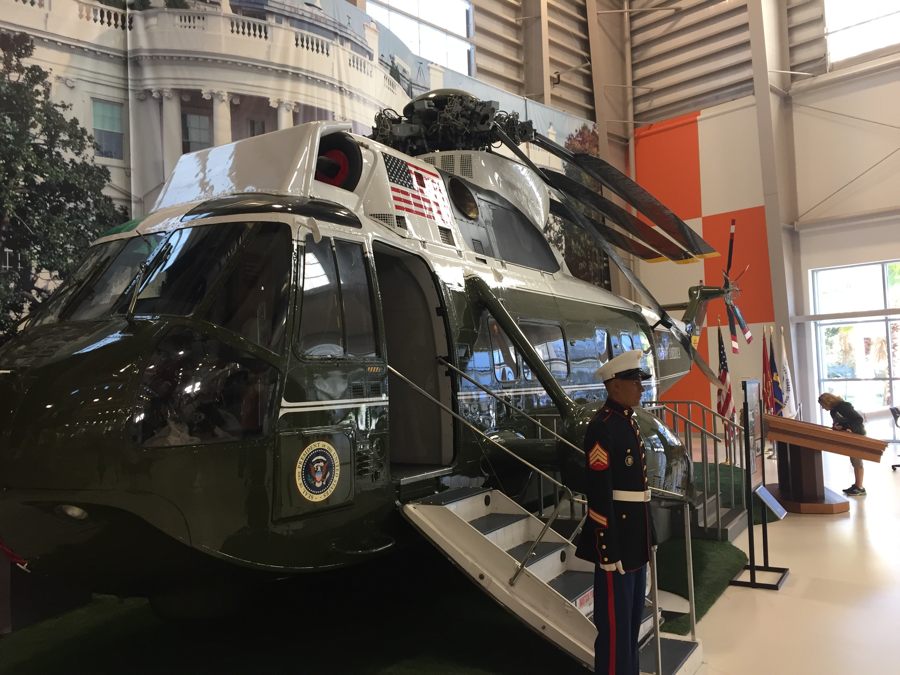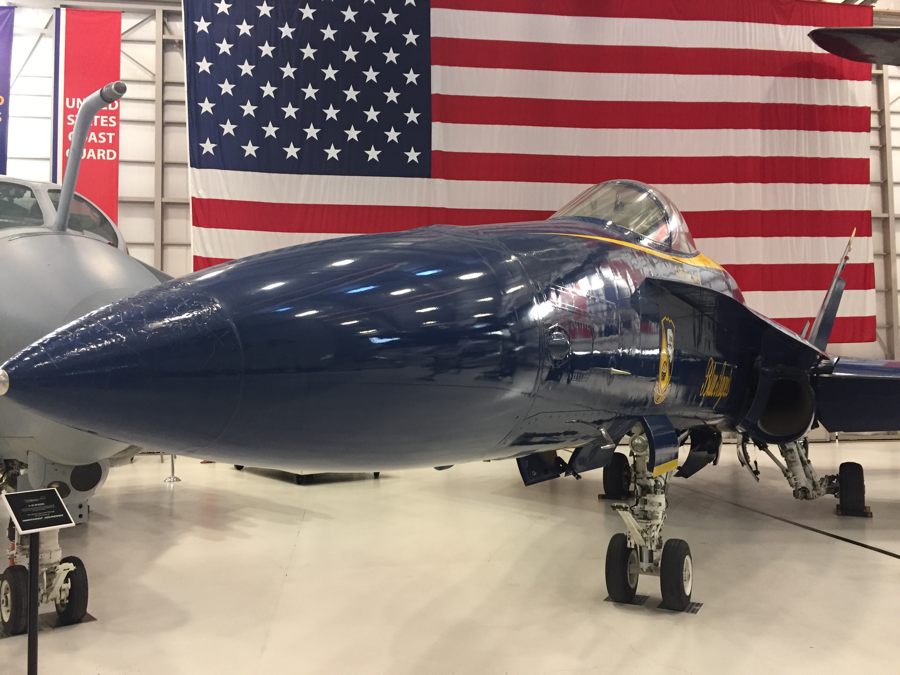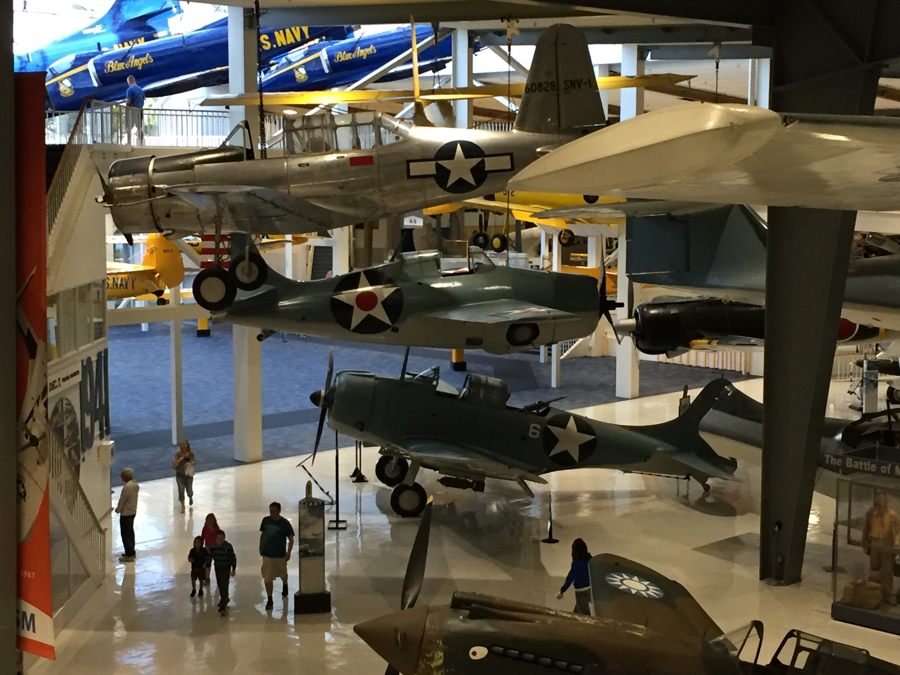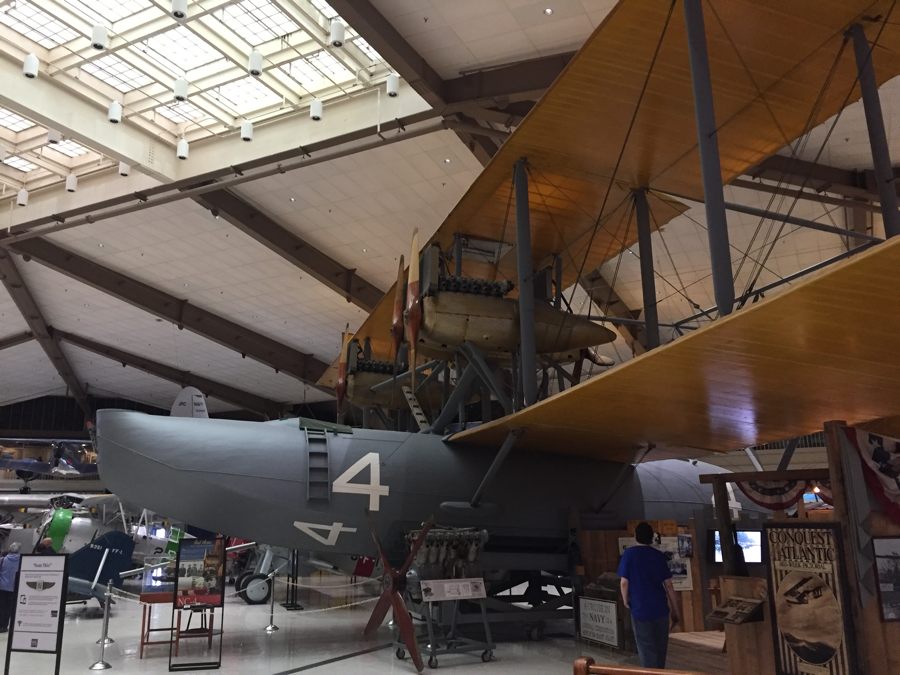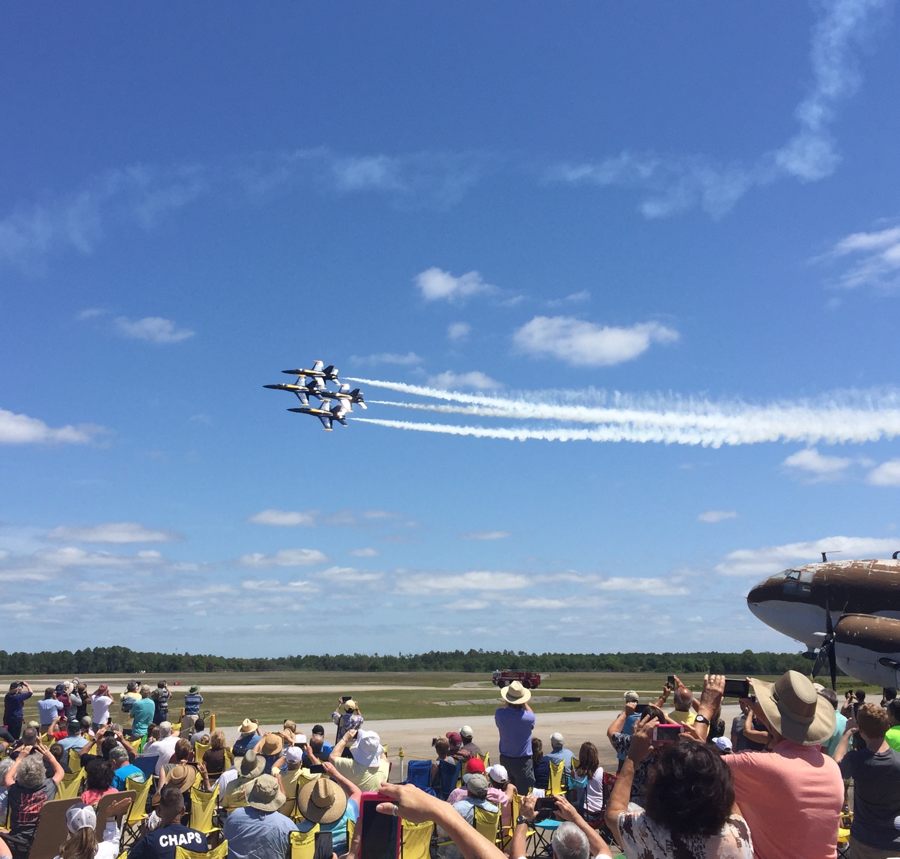
National Naval Aviation Museum – 1878 S Blue Angel Pkwy, Pensacola, FL 32508
The National Naval Aviation Museum is the world’s largest Naval Aviation museum and one of the most-visited museums in the state of Florida. Share the excitement of Naval Aviation’s rich history and see more than 150 beautifully restored aircraft representing Navy, Marine Corps, and Coast Guard Aviation. These historic and one-of-a-kind aircraft are displayed both inside the Museum’s nearly 350,000 square feet of exhibit space and outside on its 37-acre grounds.
There’s so much to see and do, you’ll want to stay all day! Admission is free! Hours of operation are 9 a.m. to 5 p.m. daily. Closed Thanksgiving Day, Christmas Day, and New Year’s. For more information, call 1-800-327-5002.
We had a fantastic time while we were there. You can easily spend the day walking the ground and visiting the various buildings. Frankly, I feel the displays and planes they have here exceed anything you could see in the Smithsonian Aviation Building in DC. If you are in the area, this is a must visit. http://www.navalaviationmuseum.org
The Blue Angels
If you have not seen the Blue Angels airshow, put this on your bucket list. Visiting family in Crestview, FL we had the chance to see a practice session while in the area. The sessions or shows typically take place right behind the Aviation Museum. These are unscheduled but you can track them down on the Angles web site. https://www.blueangels.navy.mil
We were lucky enough while staying in Gulf Pines KOA to catch a session. The crowds are typically a lot less and you are right on the flight line as they take off. I can only say that there is nothing like seeing them with the hometown audience. The vibe, respect and just shire enthusiasm for the team is second to none. Here is a little history……
In 1946, the Chief of Naval Operations, Admiral Chester Nimitz, had the vision to create a flight exhibition team in order to raise the public’s interest in naval aviation and boost Navy morale. In the 1940s, we thrilled audiences with our precision combat maneuvers in the F6 Hellcat, the F8 Bearcat and the F9 Panther. During the 1950s, we refined our demonstration with aerobatic maneuvers in the F9 Cougar and F-11 Tiger and introduced the first six-plane delta formation, still flown to this day. By the end of the 1960s, we were flying the F-4 Phantom, the only two-seat aircraft flown by the delta formation. In 1974, we transitioned to the A-4 Skyhawk, a smaller and lighter aircraft with a tighter turning radius allowing for a more dynamic flight demonstration. In 1986, we celebrated our 40th Anniversary by unveiling the Boeing F/A-18 Hornet, which we still fly to this day.
In 1949, it became necessary for the Blue Angels to operate a support aircraft to move personnel and equipment between show sites. These support aircraft including the Douglas R4D Sky Train, the Curtiss R5C Commando, the Douglas R5D Skymaster, and the Lockheed C-121 Super Constellation. In 1970 the team received the Lockheed Martin C-130, affectionately known as “Fat Albert.”

